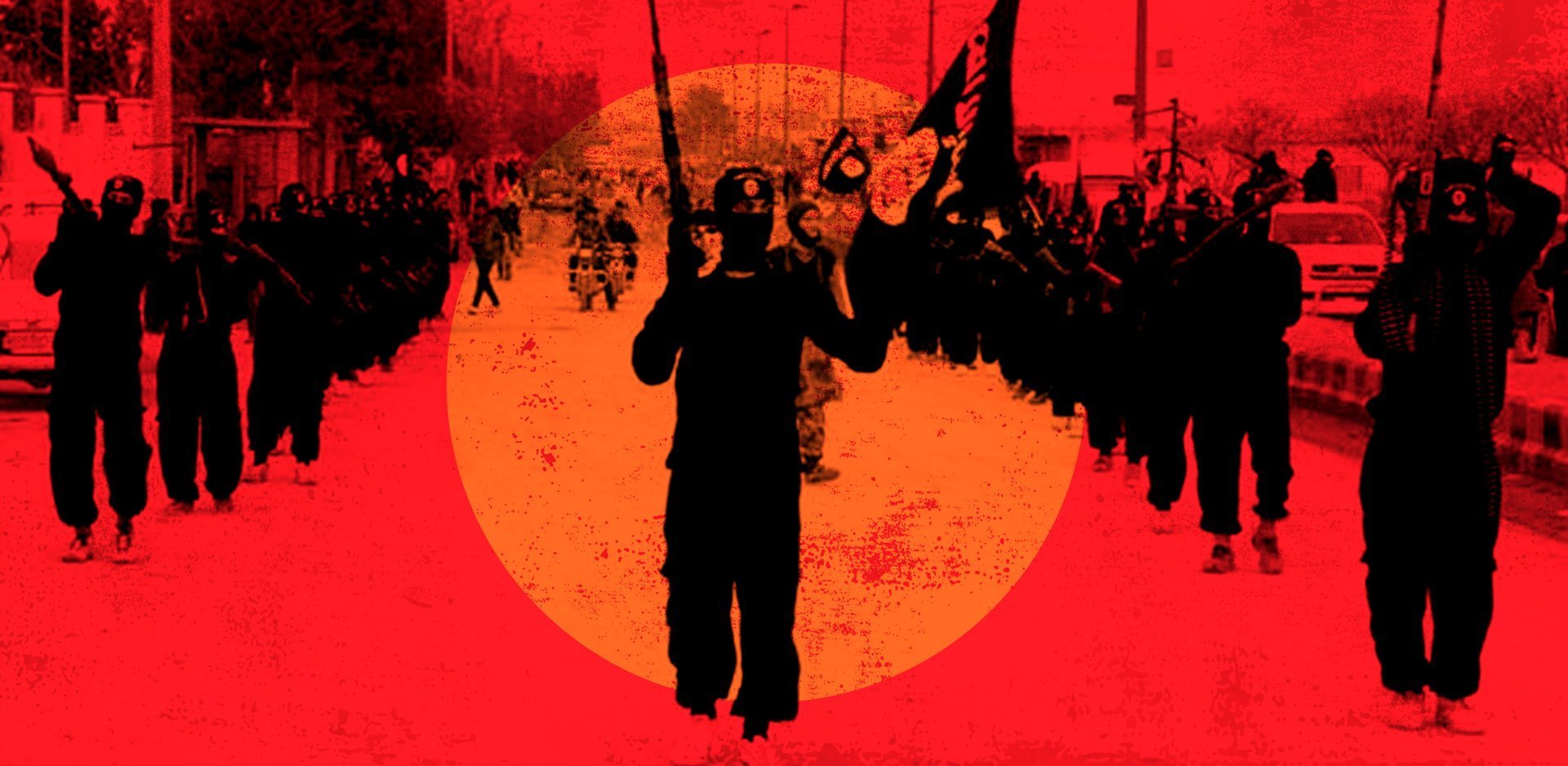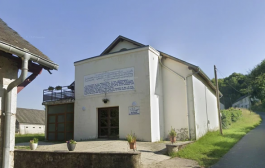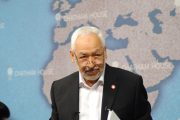By Rahma Mahmoud
Militants returning from Afghanistan in the 1990s posed danger to the security of Arab states…
When they travelled to Afghanistan to fight the Soviets, these militants received all types of military trainingand were hardened enough to turn into a source of danger for their home countries upon their return.
Having gone back, the militants created a terroristwave in their home countries, including in Egypt.
In the last year, thereturn of European nationals who had joined the self-proclaimed Islamic State of Iraq and Syria to their countriesturned into a source of worry.
Compared to those who returned to Arab states from Afghanistan in the 1990s, the European ISIS returnees are tougher, more brutal and even more trained.
There are fears that once these ex-ISIS members go back to their countries, they will instigate a new wave of terrorism.
Estimates on the number of foreigners joining ISIS vary. Nonetheless, statistics by think tank, German Center for International and Security Studies, say that as many as 21,500 people had joined ISIS from Europe and the US.
Around 8,500 of these militants had already returned to their mother countries, according to the center. About 100 militants had returned to Herzegovina, Denmark and Austria, 100 returned to Sweden, 200 returned to Germany, 250 returned to France and 350 returned to the UK, the center said.
Around 5,000 people from France and Belgium had received training in Syria and Iraq, according to Gilles de Kerchove, the counter-terrorism coordinator at the European Union.
A third of these militants, the Federal Bureau of Investigation said, had already returned to their countries.
According to some studies, meanwhile, between 15 and 20 per cent of all European ISIS fighters hadbeen killed in battles inSyria and Iraq. Between 30 and 35 per cent of these fighters, the same studies said, had returned to their home countries, whereas the remaining 50 per cent are still in the two war-ravaged countries.
In general terms, the fate of foreigners returning to their countries from Iraq and Syria is uncertain, especially in the presence contradictory statements about them by European officials.
British Defense Secretary, Gavin Williamson, called for liquidating British ISIS members in Syria and Iraq before they return to their country.
Germany launched a new project, called “Life”, to study the cases of ex-ISIS fighters one by one and decide the appropriate way to integrate them into society.
Denmark also launched another project, but in coordination with the international community, to study the cases of nationals who had joined ISIS. The project will bring those involved in bloodshed to court. As for those who were not involved in killing, they would be integrated into society. This latter group of former ISIS fighters will also be made to attend special reformist courses. They will also be empowered economically to be able to earn a living.
Nonetheless, there remain questions on the danger ISIS returnees pose to their countries. There are also questions on the policy European states will follow in dealing with these returnees.
Returnees as a source of danger
The collapse of the presumed “Islamic caliphate” in Syria and Iraq posed dangers to Europe as well as to states outside the continent, especially with the return of ISIS fighters to their countries and the possibility that these returnees will stage attacks in these countries.
Those joining ISIS were mostly second and third generation immigrants who suffered an identity crisis and felt alienated from their European societies. Some of them even felt that they were not wanted in these societies, even as they were nationals of European states.
Nevertheless, some of those returning do not constitute danger to their countries. They include those who were influenced by ISIS propaganda and wanted to be part of fighting within the ranks of the terrorist organization, but soon discovered its ugly nature.
They also include those who were recruited by ISIS through social media to establish the presumed caliphate, but soon discovered the utopic nature of the ideas of the group.
Most dangerous still are returnees with an ideological commitment to violenceand belief in the need for Jihad (holy war) in their European societies. It is highly likely that these returnees will stage terrorist attacks inside their countries, capitalizing on the experiences they gained in Iraq and Syria.
A report by the European Union Police warned in December 2016 against attacks to be staged by European ISIS fighters after the defeats of the organization in Iraq and Syria.
Europeans’ recruitment methods
Terrorist organizations turn mosques in some European states intorecruitment grounds. These are the places usually frequented by Muslims who want to learn about their religion. Some Muslims and Arabs feel alienated from their societies, which is why they always search for alternative societies in the mosques.
The case of Jihadi John, a British-Arab whose real name is Mohammed Emwazi, is by far the most flagrant one for the use of mosques in the promotion of extremist ideas. This man was shown in an ISIS video executing hostages.
Together with a friend, Emwazi formed the North London Boys, a network for the recruitmentof youth who frequented a mosque in Notting Hill, an affluent district west of London.
Apart from mosques, prisons are also fertile grounds for extremists to recruit criminals. In 2016, Muslims made up 14 per cent of all inmates in British prisons, according to the Muslim Council of Britain. In France, Muslims made up 70 per cent of the overall prison population, the council said.
Potential recruits enter terrorist networks gradually. At a certain point, they are invited to attend religious parties where they are introduced to radical and Jihadist thoughts. Terrorist organizations especially target thoseconvicted of trading in drugs or crime. When they join terrorist networks, these convicts believe that they are doing penance.
Khalid Masood, who staged a terrorist attack near the houses of parliament in London in March this year, wasa flagrant example of a convict turning into a terrorist. Masood was radicalized in the prison when he was convicted in 1983 for criminal damage.
Abdelhamid Abaaoud, a Belgian-Moroccan terrorist who masterminded a series of attacks in Paris in November 2015, is yet another example. Abaaoud was convicted of armed robbery and went to prison in Belgium in 2010. This was when he was radicalized.








































admin in: How the Muslim Brotherhood betrayed Saudi Arabia?
Great article with insight ...
https://www.viagrapascherfr.com/achat-sildenafil-pfizer-tarif/ in: Cross-region cooperation between anti-terrorism agencies needed
Hello there, just became aware of your blog through Google, and found ...